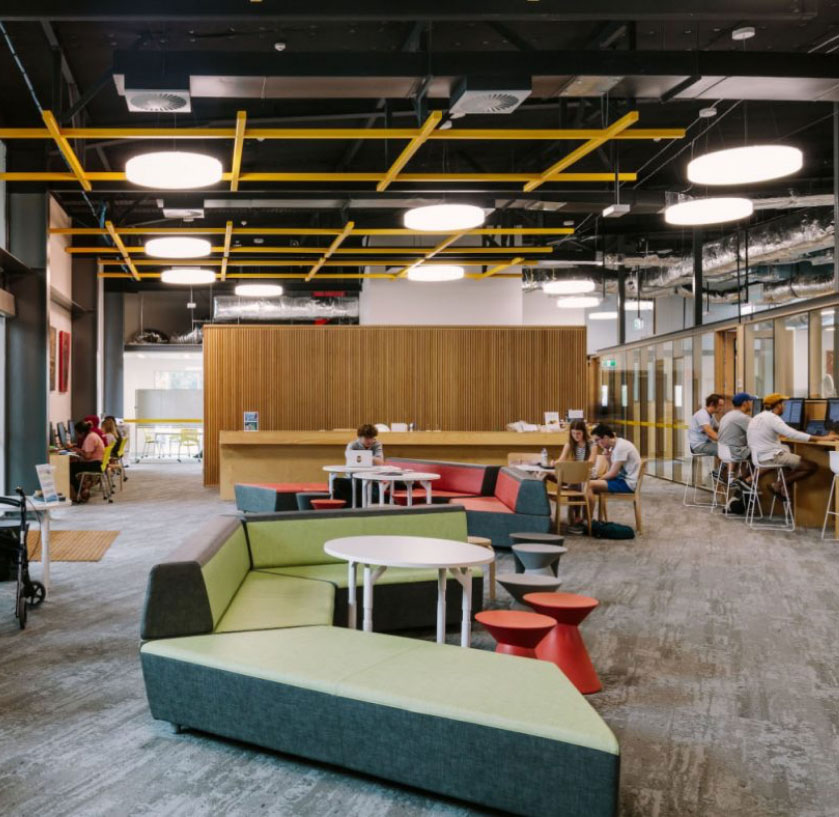March 20, 2015
Whence: how do we solve the trilemma?
The farce continues. Universities cannot budget for 2016 and beyond with the level of base government investment and student payments essentially unknowable.
Since April 2013 universities have been subject to two budget driven changes neither of which has been implemented. The Labor efficiency dividend remains on the Senate bill list; the Pyne reforms have been rejected twice.
We now need an effective process to solve the trilemma:
- universities should have the resources needed to provide effective, high quality, future focused education that meets the needs of all students;
- higher education should be affordable, supported by HELP debts repayable across a working life;
- Government should invest in students’ higher education, consistent with Government fiscal capacity, to support all Australians develop their capability.
Bring the three together and we will have an Australian higher education system the world will envy. Let them remain apart and university education will wither.
To achieve this requires constructive discussion aimed at resolving the resourcing challenge sensibly, with cross parliament support. The first step is to resolve the high level outcomes needed, followed by exploration of options, based on analysis, with a willingness of all parties to be constructive.
Fee flexibility must be part of the discussion. Limiting access to university should not. It is sad that the Labor party could question a major achievement of the Rudd-Gillard Government.
It is clear that the unfettered deregulation of student fees is too open a system to gain broad support. In combination with HELP it risks providers and students exploiting the loan subsidy to over-invest in education.
The options floated over the past year to moderate deregulation now need serious analysis as part of an open discussion to find the best way to the future. IRU has listed the Phillips-Chapman option as worthwhile detailed work. It would means test universities access to Government subsidy based on the level of fees charged. There are other ideas to explore.
The process will not finish quickly. Much of the discussion of the past year has been too vituperative to contribute usefully. Hence the Government should confirm the target for changes to begin as now 2017.








